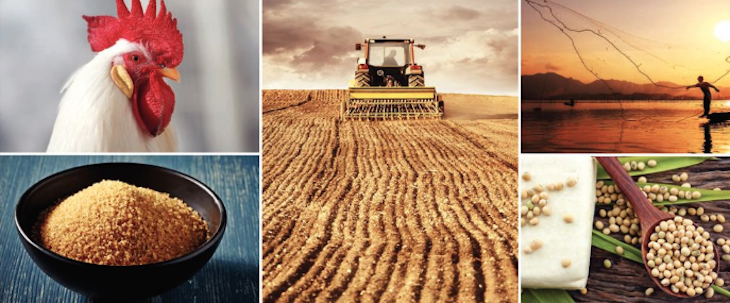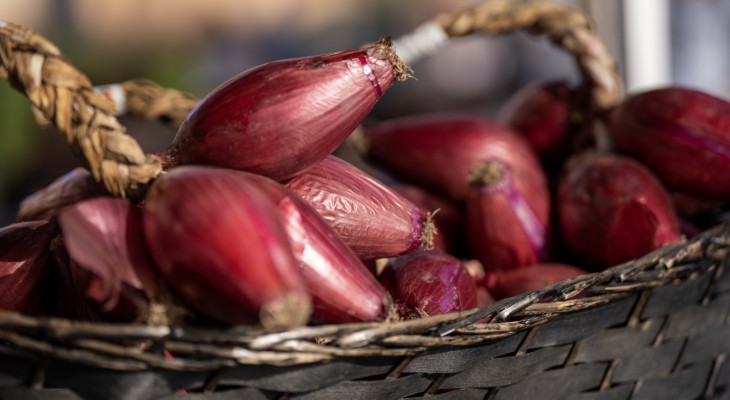
Stable production and consumption, falling prices: according to the Agricultural Outlook 2015-2024 by OECD and FAO. The report by the two organisations shows a world divided into two, with the more affluent population groups of emerging countries demanding more animal proteins and sugar, whilst in the “Old world” these same products are increasingly the cause of illnesses related to obesity and overweight, especially amongst the poorer and less-educated groups.
Prices: cereals down, meat up
In 2014, the prices of cereals and meats have gone in opposite directions. Two years of abundant harvests have led to further pressure on cereal and oilseed prices. On the other hand, meat prices have hit record highs, due to factors such as herd-rebuilding and disease outbreaks.
In real terms, the prices of all agricultural products should decrease over the next ten tears thanks to growing productivity and lower input prices, which have outpaced slowing demand increases for staple foods, due to the slowing increase of per capita consumption which, in emerging economies is reaching saturation. This is in line with the century’s downward trend, but it is predicted that prices will remain higher than in the period prior to the 2007-08 rise.
Changing diet in emerging economies
Slowing population growth, urbanisation and rising per capita incomes have led to an increase in demand for food, and particularly for certain items like animal proteins. For this reason the price of meat and dairy products will remain high compared to cereals and oilseeds. In addition, the price of coarse seeds used for feed will rise. According to the director general of FAO, José Graziano da Silva, the increase of calories in the diet of developing countries “is good news”, but it is also true that these countries “remain significantly behind advanced economies, [and this] means that hunger in these countries could persist.” And that’s not all: malnutrition is also a problem: “developing countries now have to face problems of overweight, obesity and other diet-related non-communicable diseases”.
Biofuels no longer so cheap
The price of petrol at historical lows has led to a fall in the price of biofuels and cultivation is generally less profitable than in the past in the absence of incentives, and these are unlikely to be adopted by European or American governments. In Brazil on the other hand, the production of sugar-based ethanol will increase thanks to tax incentives and an increase in the mandatory ratio in petrol. The cultivation of biofuels is also actively promoted by the Indonesian government.
Few exporters, more importers
An increase in farmland is predicted only in South America, whilst in Asia, Europe and North America the increase in production will be the result of improved productivity. Modest growth is predicted for Africa. It is predicted that the export of agricultural products will be increasingly concentrated towards few countries, whilst more countries will rely on imports. This will lead to an increase in market fluctuations, caused by natural disasters or the introduction of particular trade measures. In general, it is thought that trade will grow at a slower rate than in the last decade. Nevertheless it will maintain a stable share in relation to global production. The report shows that if historical variations on yield, the price of oil and economic growth are maintained over the next decade, we should expect a strong crisis in international markets.
Increases and decreases on the global dinner table
The high demand of protein will lead to further growth in the production of edible seeds, in particular soy, especially in Brazil.
The increased demand of sugar in developing countries will help prices recover from record lows and could lead to investment in this sector. In Brazil, the leading producer worldwide, this will depend on the profitability of sugar in relation to ethanol from the same source.
It is predicted that fishing production will increase by 20% by 2024, with aquaculture possibly surpassing the production of capture fisheries in 2023.
Exports of dairy products will be concentrated towards four regions: New Zealand, the European Union, USA and Australia, where there are limited opportunities for domestic demand growth.
The price of cotton will fall due to the crisis of Chinese production, but could return to stable levels in the rest of the period; in 2024 neither real nor nominal prices are expected to reach the levels of 2012-14.




